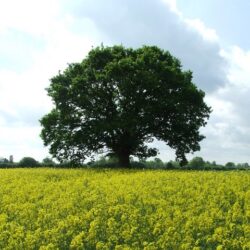
Amram Gaon (Hebrew: עמרם גאון, or Amram bar Sheshna, Hebrew: עמרם בר רב ששנא, or sometimes: Amram ben Sheshna or Amram b. Sheshna; died 875) was a famous Gaon or head of the Jewish Talmud Academy of Sura in the 9th century. He was the author of many Responsa, but his chief work was liturgical. He was the first to arrange a complete liturgy for the synagogue. His Prayer-Book (Siddur Rab Amram or Seder Rav Amram), which took the form of a long responsum to the Jews of Spain, is still extant and was an important influence on most of the current rites in use among the Jews. He was a pupil of Natronai II, Gaon of Sura, and was exceptionally honored with the title of Gaon within the lifetime of his teacher. Upon Natronai's death, about 857, the full title and dignities of the gaonate were conferred upon Amram, and he held them until his death. It is characteristic of Amram's method to avoid extreme rigor; thus he decides that a slave who has embraced Judaism, but desires to postpone the necessary circumcision until he feels strong enough for it, is not to be hurried (ib. iv. 6, 11). He placed himself almost in opposition to the Talmud, when he protested that there is no sense in fasting on account of bad dreams, since the true nature of dreams cannot be known. (via wikipedia)
Filter resources by Category
Filter resources by Tag
Filter resources by Collaborator Name
Filter resources by Language
Filter resources by Date Range
Contributed by:
Isaac Gantwerk Mayer (transcription & naqdanut), Isaac Gantwerk Mayer (translation), Amram ben Rav Sheshna
In Jewish liturgy, some passages are dəvarim she-bi-qdushah, passages that require public communal prayer. Most famous among these are the Qaddish, Barkhu, and Qədushah. But people are not always able to pray in a community! In liturgical history both ancient and modern many different tashlumim (replacements) for these texts when praying individually have been suggested. The following is the Qədusha d-Sidra for an individual from Seder Rav ȝAmram, the oldest known full siddur. (The Qədusha d-Sidra is no longer considered dəvarim she-biqdushah, although Baladi-rite Yemenites replace “קדוש קדוש קודש” with one “קדושת.”) Much of the content is from the hekhalot literature or the Gemara, often demonstrating girsaot not otherwise known. . . .

